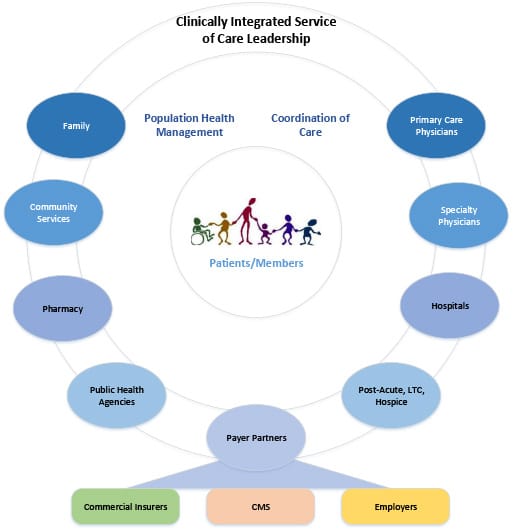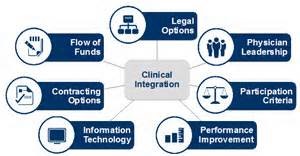“I’m sorry, we have to find another time.”
While overseeing electronic medical record (EMR) implementations for one of our client’s clinics, this was the norm with the healthcare providers under our purview. In other industries, a wholesale change to daily workflow requirements constitutes an operational shift noteworthy enough to hold stakeholders’ collective attention for elongated periods of time. However, in healthcare, practitioner attention is entirely contingent upon one entity above all others: the patient. Thus, when a patient came in, I had to move out.
During our EMR implementations, providers rescheduled our dates so often it felt like I had braces again. Indeed, the care delivery space can pose a challenge to those tasked with facilitating a large-scale adjustment to a medical professional’s working life. Consequently, it’s important to build a change management process that actively facilitates value for providers, their teams and, most importantly, their patients. In my time managing change in healthcare, I have found the following considerations extremely helpful in facilitating successful change adoption for our clients.
Make Patients Omnipresent
The most pervasive feedback I encountered when preparing practitioners for the EMR switch was they felt any time spent away from possible patients took away from their profession’s purpose. In fact, one of our client’s more experienced providers told me she gravitated towards medical school because it meant she could work with people instead of computers; now, we were asking her to do both at once!
With this potential barrier in mind, we designed our training curriculum to include patient references at every turn. From emphasizing how the EMR ordering function significantly reduced patient pharmacy wait times to detailing how real-time clinical documentation increases quality of care, we ensured we tied every provider action to a positive outcome for patients. In addition, our full EMR launch trainings now culminate with a series of test patients based on the most prominent diagnoses among the clinics’ target demographics. This patient-centric process engendered support for the change and ultimately led to increased patient satisfaction for our client.
Keep it Concise
Given the aforementioned time constraints for medical professionals, availability is of the essence. As such, for the material that is less patient-centric, e.g., billing and credentialing considerations, do as much prep as you can on your own prior to provider interactions. When you do get your window to speak with the provider, complete your session quickly. They will appreciate your respecting their time and, as a result, be more likely to invest in the deeper change facilitation procedures when needed.
Expect and Incorporate Critiques
Doctors and nurses are trained to identify problems. It is part of what makes them critical societal contributors; it is part of what makes them a special collective to serve. In that spirit, it’s important to understand healthcare professionals are most often not acting maliciously when aggressively offering feedback re: your change effort; rather, they’re typically applying the same skill set that makes them valuable to their patients. As a change agent, use providers’ perceptive eyes to sharpen your service offerings by incorporating their feedback before, during, and after the change effort. Proactively seeking input will ultimately save you time and, perhaps, encourage providers to make time for you.




